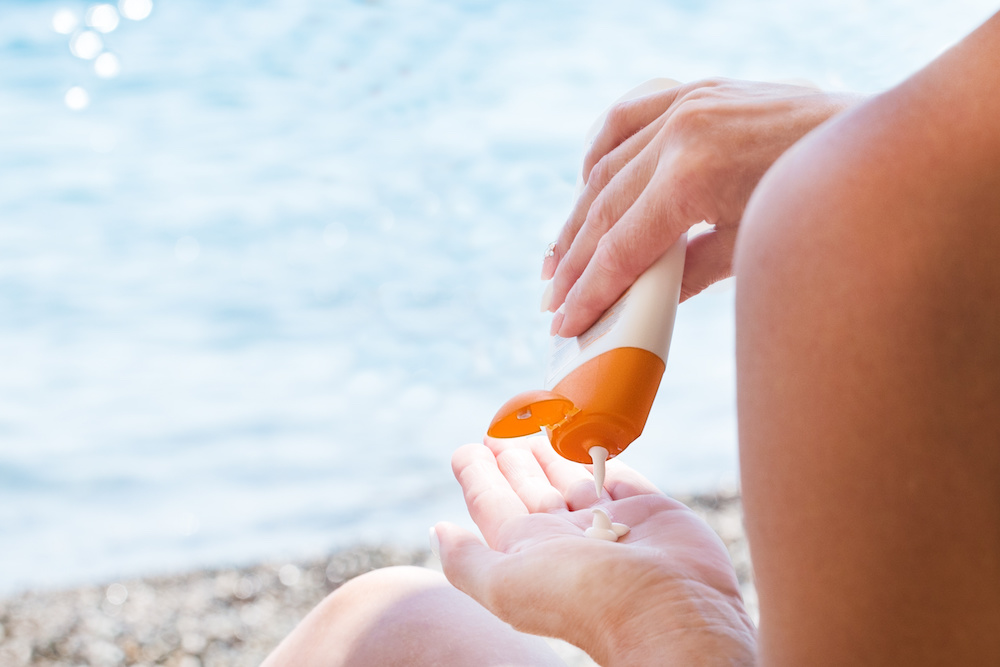With the increasing threat of ultraviolet (UV) radiation due to environmental changes and ozone depletion, UV awareness has become a critical concern for public health. UV rays are invisible to the naked eye but can cause significant damage to our skin and eyes if proper precautions are not taken. This article aims to shed light on the importance of UV awareness and the steps individuals can take to safeguard themselves from its harmful effects.
Understanding UV Radiation
UV radiation is a form of electromagnetic radiation emitted by the sun. It consists of three types: UVA, UVB, and UVC. UVA rays have the longest wavelength and can penetrate deep into the skin, causing premature aging and wrinkles. UVB rays have a shorter wavelength and are responsible for sunburn and the development of skin cancers. Fortunately, the Earth’s ozone layer filters out most of the harmful UVC rays, preventing them from reaching the planet’s surface.
Importance of UV Awareness
UV awareness is vital because excessive exposure to UV radiation can lead to various health issues, including:
- Skin Damage: Prolonged exposure to UV rays damages the skin’s DNA, leading to skin aging, sunspots, and an increased risk of skin cancer.
- Eye Damage: UV rays can cause cataracts, a clouding of the eye’s natural lens, and macular degeneration, a condition that affects central vision.
- Weakened Immune System: Overexposure to UV radiation can suppress the immune system, making individuals more susceptible to infections and diseases.
- Heat-Related Illnesses: Spending too much time under the sun without proper protection can lead to heat exhaustion or heatstroke, particularly during hot summer months.
Tips for UV Protection
Protecting ourselves from harmful UV radiation is crucial for maintaining our health and well-being. Here are some practical tips to enhance UV awareness and protection:
- Use Sunscreen: Apply a broad-spectrum sunscreen with an SPF of at least 30 before going outdoors. Reapply every two hours or more frequently if swimming or sweating.
- Seek Shade: Avoid direct sun exposure during peak hours, typically from 10 a.m. to 4 p.m., when UV rays are strongest.
- Wear Protective Clothing: Cover up with lightweight, long-sleeved shirts, wide-brimmed hats, and sunglasses that offer UV protection.
- Check the UV Index: Before planning outdoor activities, check the local UV index forecast. The UV index indicates the intensity of UV radiation and helps you plan appropriate protection measures.
- Avoid Tanning Beds: Artificial UV rays emitted by tanning beds are just as harmful as natural UV radiation. Avoid using tanning beds altogether.
- Protect Children: Children are particularly vulnerable to UV damage. Ensure they are adequately protected with hats, sunglasses, and sunscreen.
- Regular Skin Checks: Perform regular self-examinations of your skin and seek medical attention if you notice any suspicious moles or skin changes.
UV awareness is essential for safeguarding our skin and eyes from the harmful effects of UV radiation. By adopting simple yet effective protection measures like using sunscreen, wearing protective clothing, and avoiding peak sun hours, we can significantly reduce the risk of skin damage, eye problems, and other health issues associated with excessive UV exposure. Stay informed, stay protected, and enjoy the outdoors safely.


